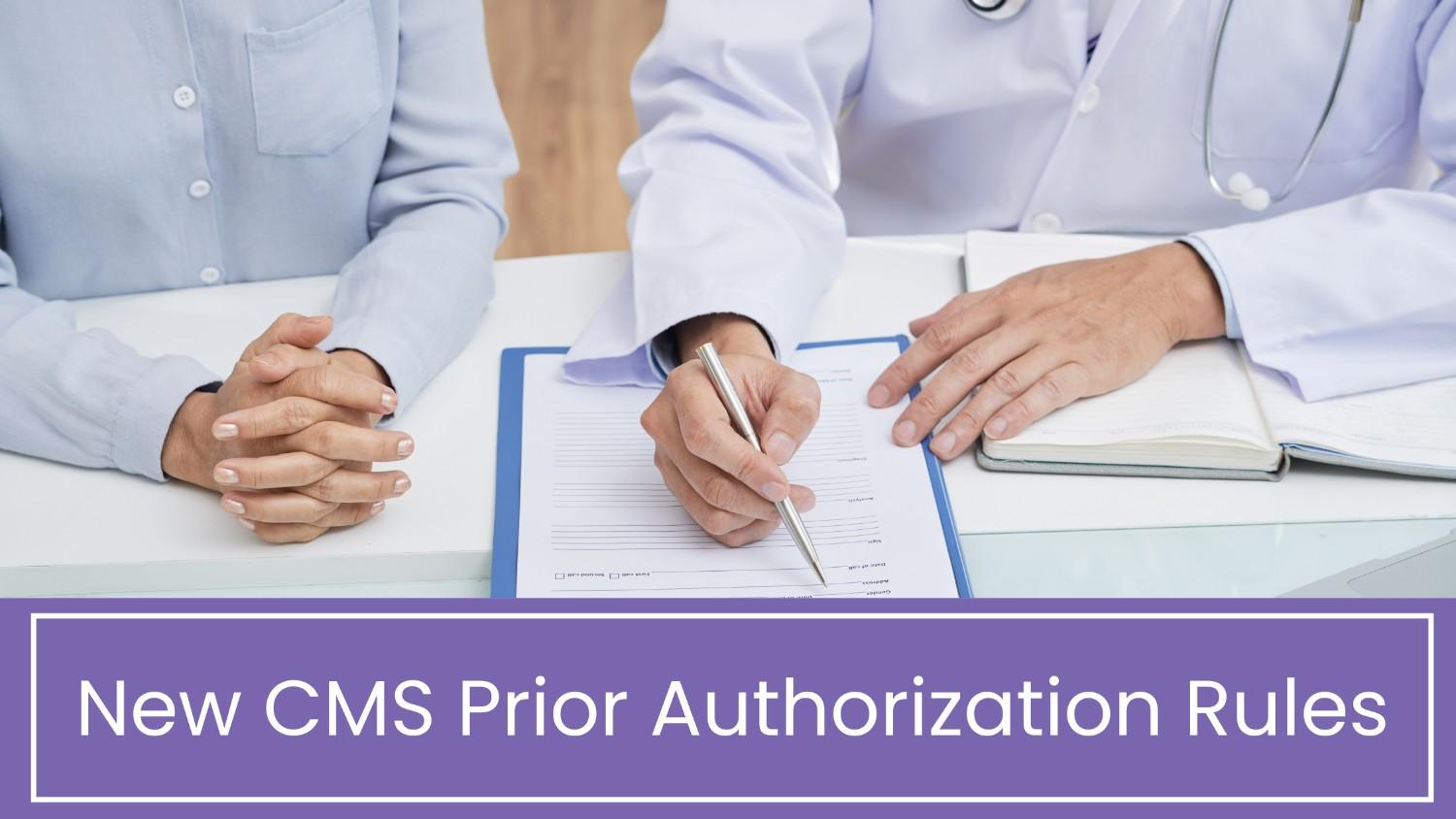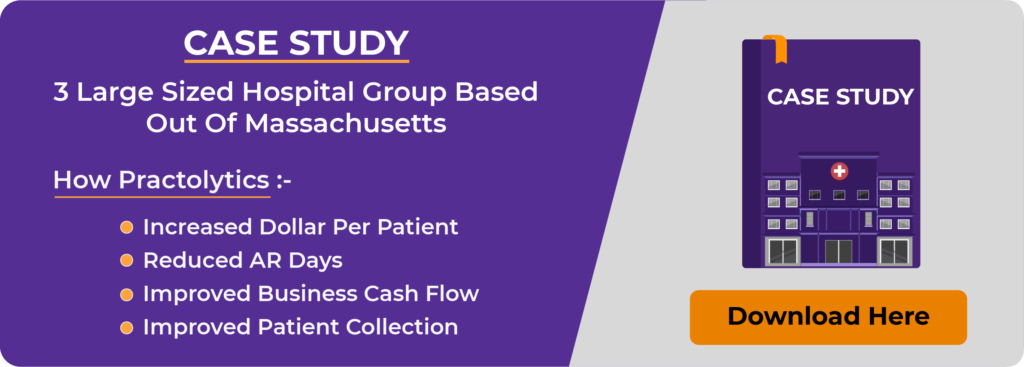New CMS Prior Authorization Rules
The New CMS Prior Authorization rules that aims to simplify and digitize the prior authorization process. This is in response to ongoing complaints about how these requirements make it hard for people to get care. The updated rule is expected to change how healthcare services are accessed and managed, leading to better efficiency and a better experience for patients in the healthcare system.
Table of Contents
Understanding Prior Authorization
Prior Authorization is a method employed by insurance firms to ascertain whether they will finance a recommended procedure, service, or medication. Though intended to guarantee that patients obtain proper and essential care, this method has been criticized for being complex, unclear, and obstructive to prompt care. Patients and healthcare providers frequently experience delays and paperwork hassles, potentially resulting in negative health consequences and heightened dissatisfaction.
Uniform Standards Across Programs
An essential part of the new CMS rule involves applying uniform prior authorization standards to multiple insurance programs that CMS oversees, such as the ACA Marketplaces, Medicaid, CHIP, and Medicare Advantage plans. This standardization is anticipated to greatly lessen confusion and cut down on administrative hassles, as healthcare providers won’t have to deal with different regulations for each program anymore.
CMS’ goal in standardizing prior authorization requirements is to make the process more predictable and efficient. This consistent method is especially helpful for healthcare providers who work with patients under various insurance plans, as it reduces their administrative workload and lets them concentrate more on patient care instead of paperwork.
Electronic Processes for Speed and Transparency
A major shift brought by the new rules is the use of digital methods for exchanging information required for prior authorization assessments. This transition to electronic prior authorization (ePA) seeks to streamline the process, cutting down the waiting period for patients needing crucial care.
Advantages of Digital Prior Authorization:
- Quickness: Computerized systems handle requests faster than traditional methods, cutting down wait times from several days to just a few hours.
- Productivity: Digital systems optimize the workflow, easing the administrative load on healthcare professionals and insurers.
- Precision: Automated systems reduce human errors, making sure all required information is included in the authorization request.
- Clarity: Digital systems offer real-time updates on the status of prior authorization requests, enhancing communication between healthcare providers and patients.
Nonetheless, moving to digital processes has its challenges. It’s essential to educate and inform patients about using these technologies for them to be effectively implemented. Additionally, addressing data privacy and security concerns is vital to ensure patient information remains secure in a digital setting.
Increased Transparency
Increased transparency is another fundamental part of the new CMS rule. This regulation insists that insurance plans share specific details about which services need prior approval and supply summary data on claim rejections. This greater openness seeks to make the prior approval process clearer, enabling patients and providers to better grasp the criteria for accepting or rejecting requests.
Transparency Requirements:
- Service Information: Insurance providers must offer clear and easy-to-access lists of services needing prior approval. This ensures patients and healthcare providers are aware of what is required ahead of time.
- Summary Data: Providers must disclose information on the volume of prior authorization requests they receive, approve, and reject. This information can reveal trends and areas needing improvement.
- Denial Explanations: Although specific details about the types of services denied are not mandated by the regulation, insurers must give general reasons for denials. This helps inform both patients and healthcare providers.
- By enhancing transparency, CMS aims to foster trust in the prior authorization process and lessen the frustration and confusion that often comes with it.
Streamlined Timeframes
The recent update in regulations brings about a notable adjustment in the timeframes for prior authorization decisions. As per the revised guidelines, Medicare Advantage plans, Medicaid, and CHIP are mandated to render standard decisions within seven days and expedited decisions within 72 hours. This swifter process represents a substantial improvement, addressing the concern of extended wait times for crucial care.
Implications of Streamlined Timeframes:
Efficient care timelines facilitate swift access to treatments, enhancing patient well-being.
Decreasing wait times mitigates patient distress during authorization anticipation.
Streamlining workflow empowers healthcare providers to optimize care delivery, assured of prompt prior authorization adjudication.
Despite these enhancements, certain concerns persist. For instance, the regulation lacks specificity regarding the methodology plans utilize to ascertain the necessity of prior authorization for particular services or the standards guiding such determinations. This absence of clarity may perpetuate variances and potential imbalances in the approval process.
Remaining Challenges and Future Directions
Although the latest CMS regulation marks progress, it doesn’t solve all issues linked with prior approval. Challenges persist:
- Determination Criteria: Insurers’ selection of services needing prior authorization lacks standardization, creating care discrepancies.
- Criteria Transparency: Guidelines for approving or denying requests need clarity to reduce patient-provider frustration.
- Patient Education: Patients need understanding and guidance for the new electronic authorization processes.
- Data Privacy: Protection against data breaches is crucial in the digital healthcare shift.
- Continuous Improvement: Evolving healthcare demands ongoing evaluation of authorization processes for efficiency.
The recent rule changes by CMS regarding prior authorization mark a notable advancement in healthcare efficiency and patient satisfaction. These changes aim to align requirements, introduce electronic workflows, enhance transparency, and expedite processes, tackling persistent prior authorization issues. Nonetheless, unresolved challenges like criteria determination, transparency, patient awareness, and data protection persist. This regulatory update is just a fraction of the ongoing endeavour to refine healthcare practices. It’s vital for stakeholders to remain active and informed to facilitate continuous enhancement, ensuring timely and appropriate patient care. Watch for further developments on the impact of these regulations and the ongoing efforts to refine the prior authorization process.
In view of recent advancements in healthcare, Practolytics takes a forefront role in enhancing the prior authorization process. Our unique solutions assist healthcare providers in navigating changes smoothly, ensuring timely care access while lessening administrative loads. With a focus on transparency, efficacy, and continual enhancement, Practolytics strives to contribute positively to healthcare management.
ALSO READ – 3 Ways to Improve Prior Authorization Services for Your Practice
Talk to Medical Billing Expert Today — Get a Free Demo Now!






